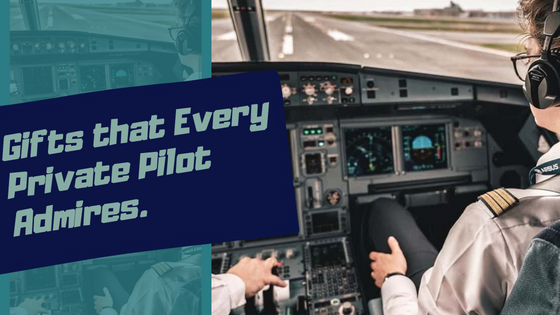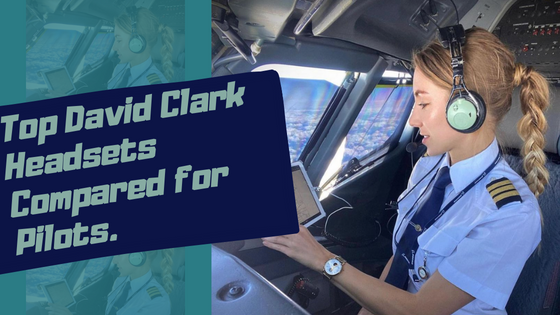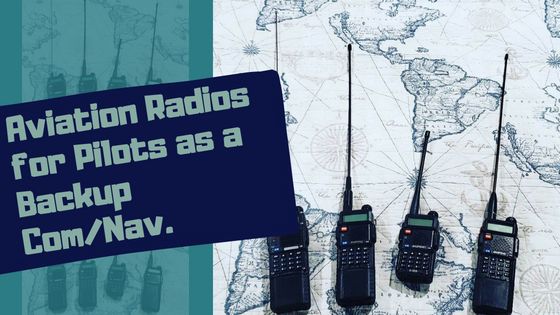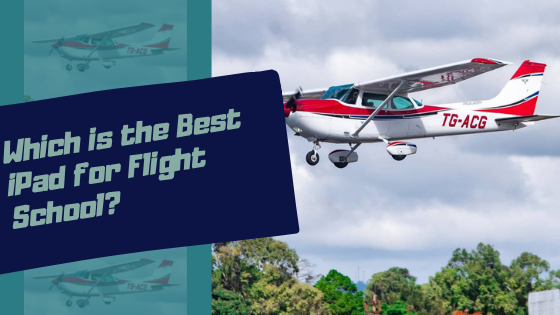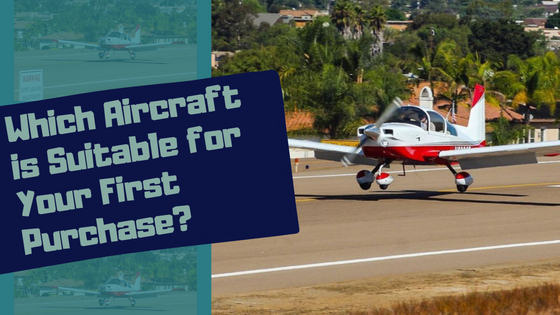Best aviation smartwatch for smart pilots to navigate as right as rain.
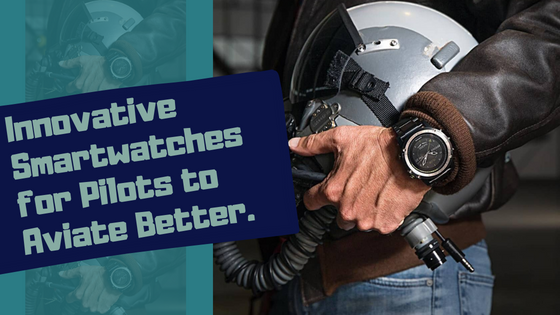
What smartwatches best suit a hotshot pilot that balances functionality and aesthetics?
Do you want to feel your presence while traversing the skies and attending formal invitations on the ground? With an endless array of aviation smartwatches, which one do you choose to optimize your experience?
Garmin D2 Mach 1
The Garmin D2 Mach 1 boasts an incredible array of features for the most-experienced pilot and is an aesthetic indication of their coveted rank and ability.
It provides environmental data – from weather reports to a moving map—the Garmin D2 Mach 1 regularly updates information that corresponds to aviation – from flight plans to airport details.
Furthermore, one can utilize it for personal endeavors – including tracking health parameters and workout progress. Finally, you can use it for entertainment, like using Spotify to play music.
However, it is not without its faults – however minor they may be.
The primary negative aspect of this watch is the price, which is well over 1000 USD.
The hefty price tag makes it out of reach for most student pilots and low-income pilots starting in the profession. Another oft-overlooked problem is that there has not been enough time for troubleshooting due to its new release, and one does not know how long it will last (despite Garmin’s best promises).
However, this superior watch’s massive advantages outweigh all the negative issues.
If you are still unsure about buying this smartwatch, let us further weigh its features and detriments with a closer look than before.
Pros:
- An ever-updating plethora of weather reports and forecasts incorporate various aspects – ranging from the probability of rain to wind direction. The Garmin D2 Mach 1 has an accurate navigation system, which you can visualize in alternate modes. A pilot can navigate corresponding to their relative distance to a location or even imagine their journey on a moving map. All data corresponds to the worldwide aeronautical database for consistency with other pilots and airports to support excellent safety and ease of maneuvering.
- Various safety features can be used mid-flight, like measuring the SpO2 levels of the pilot. One can even configure alerts based on environmental data, for example, a buzzer ringing if the air pressure goes out of its safe zone. Even outside of regular flying, one can use the watch to monitor its wearer’s health and safety – from measuring sleep and stress levels to breathing and hydration and interpreting that data through an algorithm to provide solutions and encourage specific healthy actions. The SOS functionality works in and out of flight to guide and aid one in an unfortunate emergency.
- This smartwatch has a high battery life of 11 hours in its regular mode, far from its peers and competitors. One can use other features to regulate further and improve battery life.
- There are various other features for ease and entertainment, from using an AI to manage emails, making contactless payments, and even listening to music.
- The watch is highly aesthetically pleasing and can blend into formal gatherings in Italian leather and titanium straps. One may even use it in a silicone strap when they are using it for sporting endeavors. Its AMOLED display, made with sapphire and titanium, is resistant to scratches – evading this common problem that plagues aviation smartwatches and all smartwatches alike. It weighs a light 2.47 ounces, with a suitable thickness and diameter.
Cons:
- The high pricing, ranging from 1199.99 USD in its leather strap to 1299.99 USD in its titanium strap – will only suit the budget of a high-income pilot. The expensive smartwatch is beyond the reach of an average frugal consumer or a student pilot.
- The watch, albeit with extensive and expensive testing, was only released for public buying on 28th March 2022. The recent release makes it a new product that has not yet undergone the troubleshooting of an older, more-established product. Therefore, there is no way to know if users will face degradation in its functionality in the near and far future.
Garmin D2 Air X10
This watch is a more affordable option by Garmin, coming in at half the price of its premium product – the D2 Mach 1. This price reduction, of course, corresponds to a lower number of features in the D2 Air X10 than in the D2 Mach 1.
However, this does not diminish the quality and functionality of this watch. Therefore, this smartwatch is more suited to a lower-income group.
The D2 Air X10 looks very similar to the D2 Mach 1, especially in its AMOLED display and interface.
Naturally, the Air X10 uses cheaper products in its composition – instead of Mach 1’s titanium rear case, the Air X10 uses stainless steel. Furthermore, it has a gorilla glass display, unlike Mach 1’s sapphire-titanium lens.
The Garmin D2 Air X10 is only available in a silicone band, unlike Mach 1’s three options silicone, Italian leather, and titanium.
In terms of functionality, there are various ones that Mach 1 possesses that the Air X10 lacks.
However, the most noticeable is the lack of moving world map visualization in the Air X10.
While it contains navigational, locational, and airport data to aid the pilot using the watch, it does not visualize it in a moving map.
Air X10 also lacks certain emergency features possessed by Mach 1, notably the lack of connectivity with Garmin’s satellite security measure, the inReach system.
While a lesser degree of data visualization may not usually be much of an issue, the lack of specific safety measures in the Air X10 should elicit one buying the Mach 1 instead.
Especially for pilots regularly involved in high-stake pursuits from new military flight testing to stunt piloting and even combat.
Pros:
- The navigation features are identical to Mach 1, minus certain features like the moving map.
- This watch has safety features like measuring the heart and oxygen levels of the pilot – on flights and in recreational ventures like exercising. In the latter case, there are various interesting and innovative widgets, e.g., fitness age, where different data points ranging from body mass index to resting heart rate are calculated to provide one’s biological age (as opposed to chronological age, which is only an input parameter in this process).
- The smartwatch has a high battery life of 7 days in the regular setting.
- It has features like using AI to make payments and entertainment applications.
- Relatively light and good-looking, especially for casual gatherings.
- The pricing of 549.99 USD is relatively half the cost of Mach 1 while retaining most of its features.
Cons:
- The Garmin D2 Air X10 lacks safety features like the satellite SOS system used by Mach 1.
- Lack of useful visualizations like the moving map.
- Like the newly released watch like the Mach 1, D2 Air X10 shares its issues with the lack of live consumer testing and troubleshooting.
- Aesthetically not as suited to formal gatherings, as its silicone band does not complement the dress code for such occasions. However, this does not detract from its aesthetic value in other situations.
Apple Watch.
The Apple Watch may be a smartwatch, and its primary target market is not aviators. This watch is all-purpose and aims to cater to the needs of most professions.
However, it has applications that help a pilot.
In the realm of safeguarding against emergencies, the Apple Watch can use applications that monitor heart rate and oxygen levels.
In terms of utility, there are applications for cloud maps, GPS radars, and even radars for detecting air traffic.
Various applications can work like an altimeter, as a system of reference, and as an instrument of warning.
The Apple smartwatch can serve as both a utility and a safeguard. In all honesty, you can use different apps for both purposes in given scenarios.
Pros:
- The presence of numerous applications may aid pilots.
- A taste that works in the clouds and also provides on-ground clout. This watch is highly valued and appreciated by non-aviators, and people in various other scenarios recognize this beautiful timepiece.
Cons:
- While applications are present to aid aviators, these applications are not lacking in a regular cockpit.
- The prime aesthetic function of an aviator’s watch may be missing for those with different tastes.
- The commonality of the Apple smartwatch may also work to the detriment of its owner, robbing them of a factor of uniqueness.
In Conclusion.
The premier smartwatches produced by Garmin are an ideal choice for optimum functionality, provided one possesses a budget for the same. The Apple Watch may also be a worthy replacement for them. After all, it is all in (or around) your hand.
Image Source: garminaviation via Instagram.

